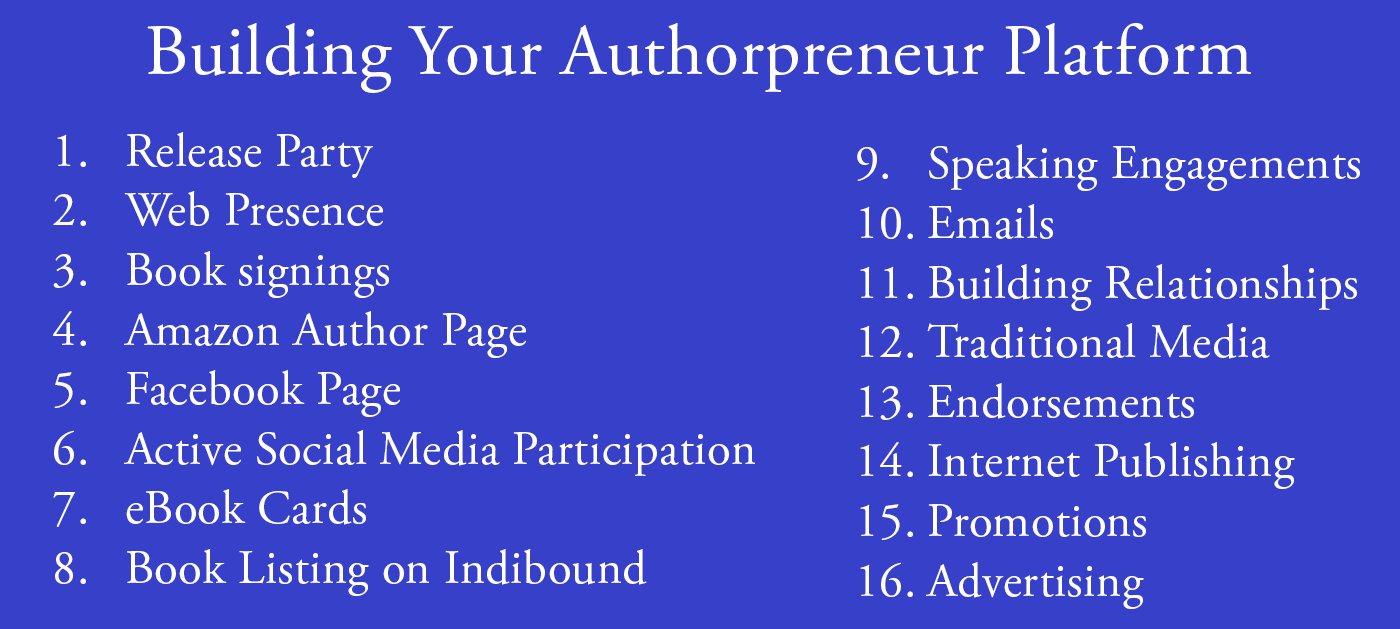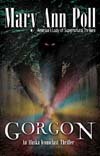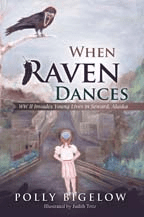Back when I was young—before “screen time” entered the vocabulary—reading meant sitting by a window in the big red wingback chair, holding something with pages. A book. Not an app, not a glowing screen. Just paper, ink, and maybe a dog-eared corner to mark the spot. That was how stories stuck.
 Today, people scroll through thousands of words without blinking. Yet something curious happens inside the brain. It notices a difference.
Today, people scroll through thousands of words without blinking. Yet something curious happens inside the brain. It notices a difference.
This isn’t nostalgia talking. It’s neuroscience. The truth is, your brain doesn’t treat print and digital the same. Research from Norway, the United States, and Japan supports this finding. Readers tend to retain more from printed material. Not just the message, but the layout. The location of a key sentence halfway down the left-hand page. The shape of a paragraph that delivered the twist.
This is spatial memory—the brain’s knack for recalling where something appeared. Think about remembering your grocery list by picturing items on store shelves. Books tap into the same part of the mind.
Screens, on the other hand, flatten the experience. Swiping and scrolling offer no top or bottom, no visual landmarks. That absence of orientation makes it harder to organize and absorb content. Not an opinion—a repeated research finding.
In one controlled study, people read the same story, some on paper, others on a Kindle. Afterward, the print readers scored significantly higher when asked to recall the plot in order. They could feel the progress and remember where events took place. Digital readers didn’t have the same frame of reference.
This doesn’t mean digital reading lacks value. Screens offer portability and instant access. They’re efficient, especially for quick reads or on-the-go moments. But for information needing to stick—for studying, deep reading, or reflection—paper still leads.
Even publishers understand this. Most manuals, study guides, and cookbooks still arrive in print. There’s something about the physical presence of a page helping with focus and memory.
Print reading also offers freedom from distractions. No alerts. No tempting links. Just uninterrupted reading. For concentration.
And then there’s the charm of the thing. The feel of a page turning. The soft thud when a book closes. The scent of ink or old paper, full of subtle nostalgia. You don’t get that from a tablet.
If you’ve ever felt like a story stuck with you longer when read from a paperback, or facts seemed clearer in a printed report, science has your back. Your brain responds to physical pages with more depth. More stickiness.
Books have endured much—radio, television, streaming, social media—and yet they persist. Because reading them isn’t just a task. It’s a full-body experience. Holding one, flipping through, placing a bookmark—these tiny rituals reinforce what you’ve read.
So, the next time you choose what to read, consider going analog. Give your eyes a rest from the glow. Let your brain travel the geography of a printed page.
If someone asks why you still carry books when a phone could hold thousands, just smile. Say, “Because paper remembers better.”
Trivia like this is more than fun—it’s helpful. Whether you’re prepping for a test, absorbing something important, or savoring a favorite novel, print offers a clear advantage.
Screens refresh. Paper remembers. Your brain knows.
Help Us Spread the Word
If this message inspired, informed, or gave something worth thinking about, please consider sharing it. Every share helps grow a community of readers and writers who believe in the power of stories to make a difference.
Please invite others to join us by using this link: https://publicationconsultants.com/newsletter/
Thank you. We’re always glad to have one more voice in the conversation.




 This is Publication Consultants’ motivation for constantly striving to assist authors sell and market their books. Author Campaign Method (ACM) of sales and marketing is Publication Consultants’ plan to accomplish this so that our authors’ books have a reasonable opportunity for success. We know the difference between motion and direction. ACM is direction! ACM is the process for authorpreneurs who are serious about bringing their books to market. ACM is a boon for them.
This is Publication Consultants’ motivation for constantly striving to assist authors sell and market their books. Author Campaign Method (ACM) of sales and marketing is Publication Consultants’ plan to accomplish this so that our authors’ books have a reasonable opportunity for success. We know the difference between motion and direction. ACM is direction! ACM is the process for authorpreneurs who are serious about bringing their books to market. ACM is a boon for them. Release Party
Release Party Web Presence
Web Presence Book Signings
Book Signings Facebook Profile and Facebook Page
Facebook Profile and Facebook Page Active Social Media Participation
Active Social Media Participation Ebook Cards
Ebook Cards The Great Alaska Book Fair: October 8, 2016
The Great Alaska Book Fair: October 8, 2016


 Costco Book Signings
Costco Book Signings eBook Cards
eBook Cards

 Benjamin Franklin Award
Benjamin Franklin Award Jim Misko Book Signing at Barnes and Noble
Jim Misko Book Signing at Barnes and Noble
 Cortex is for serious authors and will probably not be of interest to hobbyists. We recorded our Cortex training and information meeting. If you’re a serious author, and did not attend the meeting, and would like to review the training information, kindly let us know. Authors are required to have a Facebook author page to use Cortex.
Cortex is for serious authors and will probably not be of interest to hobbyists. We recorded our Cortex training and information meeting. If you’re a serious author, and did not attend the meeting, and would like to review the training information, kindly let us know. Authors are required to have a Facebook author page to use Cortex. Correction:
Correction: This is Publication Consultants’ motivation for constantly striving to assist authors sell and market their books. ACM is Publication Consultants’ plan to accomplish this so that our authors’ books have a reasonable opportunity for success. We know the difference between motion and direction. ACM is direction! ACM is the process for authors who are serious about bringing their books to market. ACM is a boon for serious authors, but a burden for hobbyist. We don’t recommend ACM for hobbyists.
This is Publication Consultants’ motivation for constantly striving to assist authors sell and market their books. ACM is Publication Consultants’ plan to accomplish this so that our authors’ books have a reasonable opportunity for success. We know the difference between motion and direction. ACM is direction! ACM is the process for authors who are serious about bringing their books to market. ACM is a boon for serious authors, but a burden for hobbyist. We don’t recommend ACM for hobbyists.

 We’re the only publisher we know of that provides authors with book signing opportunities. Book signing are appropriate for hobbyist and essential for serious authors. To schedule a book signing kindly go to our website, <
We’re the only publisher we know of that provides authors with book signing opportunities. Book signing are appropriate for hobbyist and essential for serious authors. To schedule a book signing kindly go to our website, < We hear authors complain about all the personal stuff on Facebook. Most of these complaints are because the author doesn’t understand the difference difference between a Facebook profile and a Facebook page. Simply put, a profile is for personal things for friends and family; a page is for business. If your book is just a hobby, then it’s fine to have only a Facebook profile and make your posts for friends and family; however, if you’re serious about your writing, and it’s a business with you, or you want it to be business, then you need a Facebook page as an author. It’s simple to tell if it’s a page or a profile. A profile shows how many friends and a page shows how many likes. Here’s a link <> to a straight forward description on how to set up your author Facebook page.
We hear authors complain about all the personal stuff on Facebook. Most of these complaints are because the author doesn’t understand the difference difference between a Facebook profile and a Facebook page. Simply put, a profile is for personal things for friends and family; a page is for business. If your book is just a hobby, then it’s fine to have only a Facebook profile and make your posts for friends and family; however, if you’re serious about your writing, and it’s a business with you, or you want it to be business, then you need a Facebook page as an author. It’s simple to tell if it’s a page or a profile. A profile shows how many friends and a page shows how many likes. Here’s a link <> to a straight forward description on how to set up your author Facebook page.



 Mosquito Books has a new location in the Anchorage international airport and is available for signings with 21 days notice. Jim Misko had a signing there yesterday. His signing report included these words, “Had the best day ever at the airport . . ..”
Mosquito Books has a new location in the Anchorage international airport and is available for signings with 21 days notice. Jim Misko had a signing there yesterday. His signing report included these words, “Had the best day ever at the airport . . ..”



 The Lyin Kings: The Wannabe World Leaders
The Lyin Kings: The Wannabe World Leaders
 Time and Tide
Time and Tide


 ReadAlaska 2014
ReadAlaska 2014 Readerlink and Book Signings
Readerlink and Book Signings
 2014 Independent Publisher Book Awards Results
2014 Independent Publisher Book Awards Results

 Bonnye Matthews Radio Interview
Bonnye Matthews Radio Interview
 Rick Mystrom Radio Interview
Rick Mystrom Radio Interview When he published those overseas blogs as the book The Innocents Abroad, it would become a hit. But you couldn’t find it in bookstores.
When he published those overseas blogs as the book The Innocents Abroad, it would become a hit. But you couldn’t find it in bookstores. More NetGalley
More NetGalley Mary Ann Poll
Mary Ann Poll
 Bumppo
Bumppo
 Computer Spell Checkers
Computer Spell Checkers Seven Things I Learned From a Foreign Email
Seven Things I Learned From a Foreign Email 2014 Spirit of Youth Awards
2014 Spirit of Youth Awards Book Signings
Book Signings


 Blog Talk Radio
Blog Talk Radio Publication Consultants Blog
Publication Consultants Blog Book Signings
Book Signings



 Don and Lanna Langdok
Don and Lanna Langdok Ron Walden
Ron Walden Book Signings Are Fun
Book Signings Are Fun Release Party Video
Release Party Video
 Erin’s book,
Erin’s book,  Heather’s book,
Heather’s book,  New Books
New Books